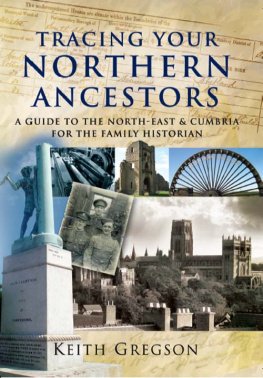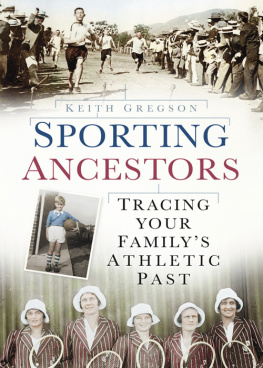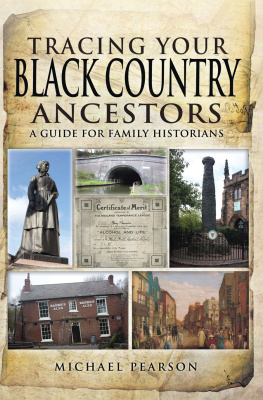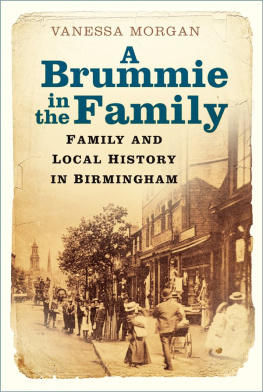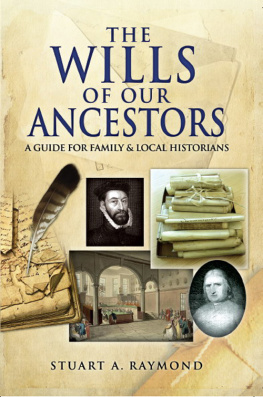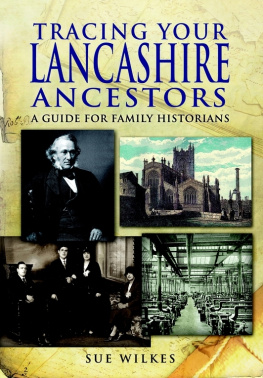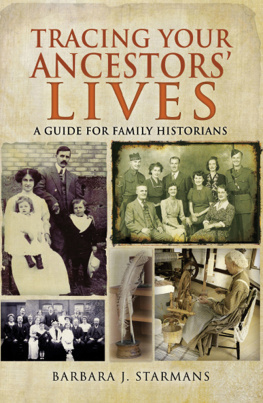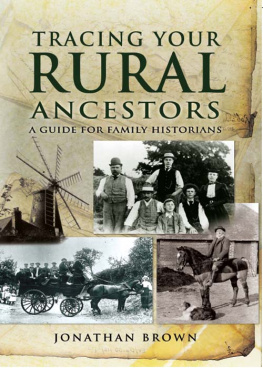

C ONTENTS
A few months before I began work on this book, I was helping my mother to clear out a garden shed. She was in her late 80s and I had just had my 60th birthday. At the back of the shed was a small two-handled tin tub full of old paintbrushes.
Do you want to keep this? I asked.
Yes, she replied. That was your bath when you were a baby in London.
I was stunned. When people enquire about my early life, I always tell them how difficult it was for my parents attempting to set up home in post-war London. Both were from outside the capital and had put their savings into a small house. The bathroom and kitchen were combined and with rationing still in force, people had to make do and mend. This bath, purchased at the corner hardware store, was part of that economy. It was either that or the kitchen sink. In all honesty, if I had been doing a more general clear-out without my mother present, the bath would have gone. Now there is no chance. Too big to fit in the family scrapbook, perhaps, but indispensable nevertheless.
Soon after starting work on this book, I was helping her with another sort-out. This time we were looking through the bookshelves in her spare bedroom. Her eyes suddenly lit upon a battered old book entitled A Century of Creepy Stories.
Thats the book which brought your dad and I together, she said.
It is rather a large book and I realised that I had seen it lying around the house for years without having a clue as to its significance. Apparently my mother and father had been in the same friendship group prior to the Second World War and my father loaned my mother this book as he thought she might enjoy it. The war came and both went off to join the forces. When demobbed, they met by accident in 1946. After a brief conversation, mum remembered that she still had the borrowed book and they agreed to meet again so she could return it. So there is no way that A Century of Creepy Stories will find its way to a charity shop or, tattered as it is, into the dustbin.
Interesting family stories tend to reveal themselves gradually, often through a chance encounter or discovery. I was 60 when I discovered these two important pieces of information relative to our family.
This book brings together many similar cases of unexpected discoveries from family historians and from my own extended family. They show how evidence, whether written, pictorial or an unusual object, has been used to shape a familys history. Each entry also tells the story behind the discovery, revealing a range of chance encounters and the detective qualities family historians display. These tales are the very essence of family history and I hope that, after reading what follows, you are inspired to delve further into the hidden corners of your family history. There is plenty of first-class material out there for the family historian and, with a little sleuthing and some luck, ancestral bones can be firmly fleshed out.

The book that brought the authors parents together (both also pictured in wartime uniform). (Authors collection)
Family history has exploded in popularity in recent years. Where once gardening and fishing ruled the roost in terms of favourite hobbies, now genealogy or family history have taken over as the pastime of choice for young and old. To find proof, one has only to look at the crowds of family historians at their daily work in local study centres, or to reference the numerous popular monthly publications dedicated to the subject of family history.

The Gregson family, 1954. (Authors collection)
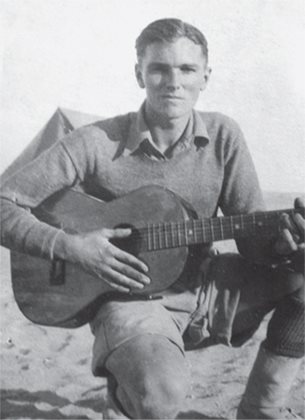
The authors father in the Western Desert. (Authors collection)
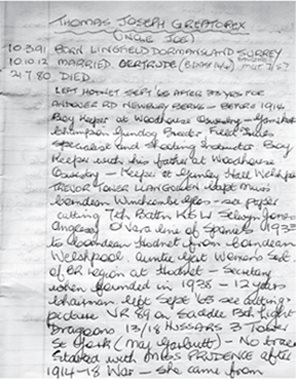
Useful notes jotted down by the authors father (now deceased). (Authors collection)
One result of this boom in genealogical research has been an outpouring of family history-related books. This one, hopefully, is different. Its aims are twofold: to bring to light unusual family stories which were revealed often by accident, or after a new piece of evidence was found; and to be of assistance to family historians looking to make further progress. In an age where school history has become a subject dedicated as much to detective work as rote learning, the art of spotting similarities and differences in historical research comes high up the agenda. This can be applied to family history, too where family lines naturally differ from each other, yet at the same time produce similarities worthy of note. Understanding such similarities can be of considerable help to other researchers.

The author playing the whistle. (Authors collection)
The entries in this book are deliberately bite-sized and the book itself is one that can be picked up and put down with ease. Both the tale behind the tale at the end of each entry and the how to section at the back of this book aim to be thought-provoking and helpful.
Readers will meet all sorts of interesting personalities and be introduced to a range of fascinating source materials. Ranging from an eighteenth-century shopping note; through to a photograph of an event that never happened; to a family grave without a body in it. We will travel from a far-flung Shetland Isle down to the bottom of a Cornish copper mine, and across the vast margins of the former British colonies via the USA to Australia and New Zealand.
Time, then, for the journey to begin.

1
by Keith Gregson
So what?, you may justifiably observe. The diaries and journals of the good and great of our land may well record similar events; and there are instances of such records stretching back to Roman times and to places such as the vicus at Vindolanda, Hadrians Wall, in the far north of England. What makes this discovery special is that the ancestor was not one of the good and great but an illiterate agricultural worker from Cornwall. This must make the survival of a record of his shopping trip all the more remarkable.
The ancestor was Laurence Hendy my great-grandfather to the power of eleven. The familys Cornish branch, a quarter of my personal bloodline, moved to Cumberland with the nineteenth-century decline of the metal mines in south-west England. Prior to this they had lived and worked in Devon and Cornwall since the commencement of the most commonly recognised genealogical records. There is a family Bible, details of which helped me to trace the Cornish branch back to the village of St Ewe near St Austell in the late eighteenth century. Civil and parish records confirm the accuracy of the family details written in the front of this Bible; and the excellent local registers of baptisms, marriages and burials further enable the line to be traced right back to the reign of Henry VIII. Laurence Hendy (married in 1692 and fathering children shortly thereafter) was one along this line.
Next page

